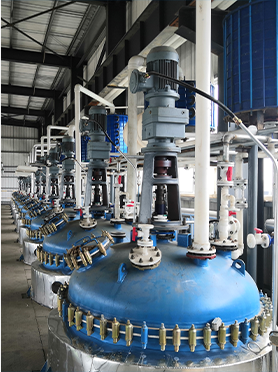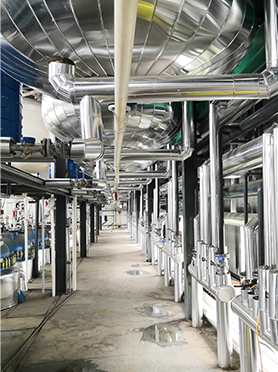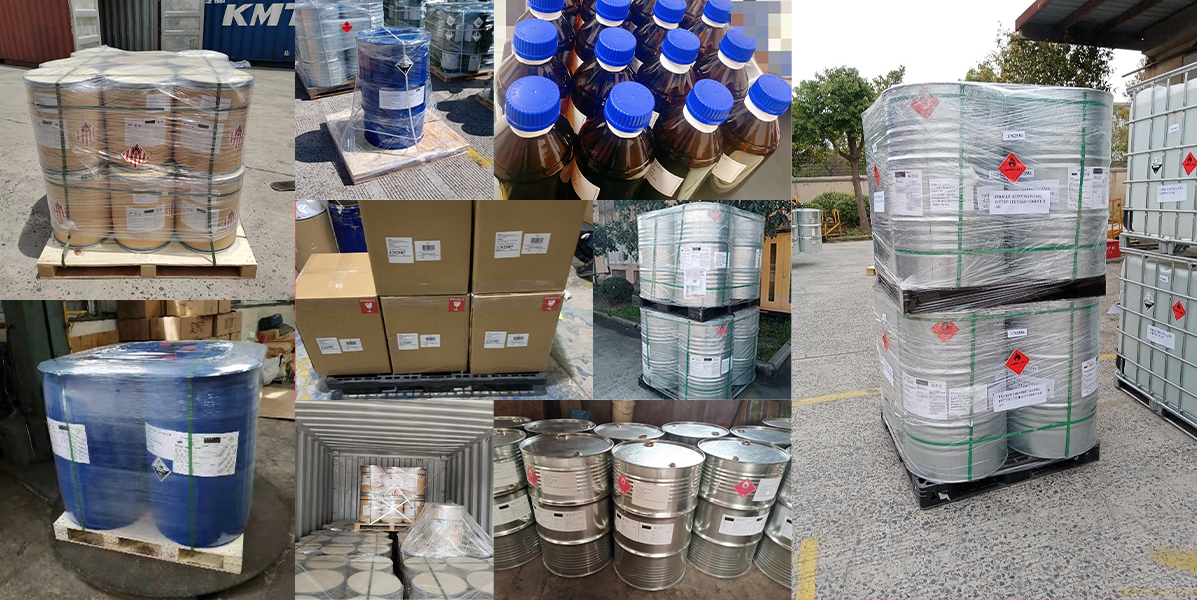In the precise world of organic synthesis, the purity of a catalyst is not merely a specification; it is a fundamental determinant of reaction success. Impurities, even in trace amounts, can significantly alter reaction pathways, reduce yields, deactivate the catalyst, and complicate purification processes. For researchers and industrial chemists alike, understanding and prioritizing catalyst purity is a critical aspect of experimental design and process optimization. This is particularly true for precious metal catalysts, such as Bromotris(triphenylphosphine)rhodium (CAS 14973-89-8).
Bromotris(triphenylphosphine)rhodium, with its chemical formula C54H45BrP3Rh, is a sophisticated organometallic complex widely used for its catalytic prowess. Its efficacy in reactions like hydrogenation and hydroformylation relies heavily on the integrity of its active rhodium center and the integrity of its ligand sphere. When procured from reputable manufacturers, this catalyst is typically supplied with a purity of 97% minimum. This high level of purity ensures that the catalytic activity is primarily due to the rhodium complex itself, rather than extraneous contaminants.
Why is purity so crucial? Several factors come into play:
1. Catalyst Deactivation: Many impurities act as catalyst poisons. These can be species that bind strongly to the metal center, blocking active sites or altering its electronic properties. For example, sulfur-containing compounds are notorious poisons for noble metal catalysts. Using a high-purity catalyst minimizes the risk of such deactivation, extending the catalyst's lifetime and reducing the need for frequent replenishment.
2. Selectivity Control: The desired outcome of a chemical reaction is often the formation of a specific isomer or product. Impurities within the catalyst can promote alternative, undesired reaction pathways, leading to a mixture of products. For applications like asymmetric hydrogenation where stereochemical control is vital, catalyst purity is non-negotiable. High-purity Bromotris(triphenylphosphine)rhodium helps ensure that the rhodium center directs the reaction as intended.
3. Reproducibility: For both academic research and industrial production, reproducibility is key. If catalyst batches vary in purity, experiments and production runs will yield inconsistent results. This makes it difficult to scale up processes or to reliably meet product specifications. Sourcing from a trusted supplier that guarantees consistent purity across batches is therefore essential.
4. Downstream Purification: When impure catalysts are used, the resulting reaction mixture may contain byproducts derived from the impurities themselves or from side reactions they catalyze. This complicates downstream purification, increasing processing time, solvent usage, and overall costs. A pure catalyst simplifies the purification of the desired product.
When considering the purchase of Bromotris(triphenylphosphine)rhodium, inquire about the specifications and ask for a Certificate of Analysis (COA). This document should clearly state the purity, rhodium content, and levels of any specific impurities if relevant. For those seeking to buy this catalyst, especially in bulk, it is wise to establish a relationship with a chemical manufacturer that demonstrates a strong commitment to quality control and analytical rigor. Obtaining a quote from multiple suppliers and comparing not only the price but also the quality assurance measures is a sound strategy.
In conclusion, while catalyst price is always a consideration, the true cost of an impure catalyst can be far higher due to reduced yields, increased purification efforts, and potential project delays. Prioritizing purity when sourcing catalysts like Bromotris(triphenylphosphine)rhodium is an investment in the success and efficiency of your organic synthesis endeavors.
Manufacturing Facilities






Professional Export Experience
to Global Customers

1. 20 years of R&D, manufacturing and sales experience, serving customers in 60 countries and regions around the world;
2. Own R&D laboratory, pilot platform and large-scale production workshop, which can meet the audit requirements of global customers;
3. We can satisfy customers' perfect transition from small scale lab requirements (gram level) to commercialization requirements (hundred tons level).
A: We don't have Minimum Order Quantity, exact quantity should be provided before quotation for us to calculate the exact cost.
A: We don't provide free samples due to lots of request and expensive international courier's cost, we can deduct the sample charge after commercial order placed.
A: Our payment terms: Small or sample order: T/T IN ADVANCE. Commercial order: First order should be by T/T IN ADVANCE or L/C at sight, and following orders T/T 30~90days is acceptable subject to approval of credit application.